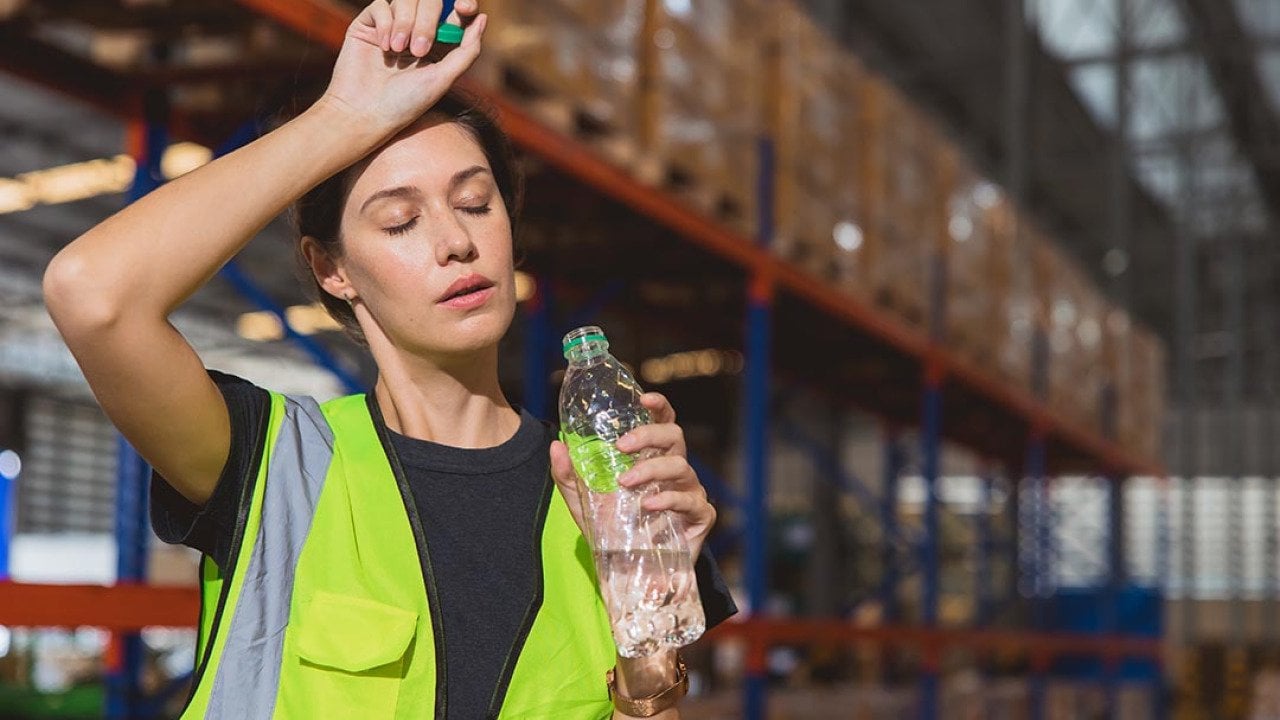Staying healthy in a heat wave: 5 essential tips

Quality Stock Arts // Shutterstock
5 essential tips to stay healthy in a heat wave
Heat waves demand proactive measures to protect your health. These extreme temperatures pose an even greater risk to vulnerable populations. Here are five key strategies from Northwell Health to help you stay safe during extreme heat:
Don’t wait until you’re thirsty to hydrate
Thirst isn’t a reliable indicator of dehydration. During extreme heat, sweating depletes your body’s fluids rapidly. Start hydrating early and often throughout the day. Water is ideal, but electrolyte drinks (used in moderation) or hydrating foods like watermelon and cucumber can also help. Steer clear of sugary drinks and excessive caffeine, which can exacerbate dehydration.
Cool environments are crucial
Prioritize air-conditioned spaces during a heat wave. If you lack air conditioning at home, utilize public cooling centers, libraries or shopping malls. Even brief respites in cooler environments can significantly lower your risk of heat-related illnesses.
Dress strategically
Opt for light-colored, loose-fitting, and lightweight clothing to reflect sunlight and enhance air circulation. Consider wearing breathable fabrics like cotton or linen to prevent heat from being trapped against your skin. Shield yourself from the sun’s harmful UV rays with a wide-brimmed hat and sunglasses.
Smart scheduling
Avoid strenuous outdoor activities during peak heat hours, typically 10 a.m. to 4 p.m. If you must be outside during these times, take frequent breaks in shaded areas or air-conditioned spaces. Adjust your workout routine to cooler periods, such as the early morning or evening. Listen to your body and recognize when to slow down or stop an activity, especially if you’re feeling fatigued or lightheaded.
Community care and heatstroke awareness
Heat waves pose a greater risk to vulnerable populations like the elderly, young children and those with chronic conditions. Regularly check in on at-risk neighbors, family and friends. Be vigilant for signs of heat exhaustion, such as heavy sweating, dizziness, nausea, headache, muscle cramps and weakness.
Heatstroke is a medical emergency. The main difference between heat exhaustion and heatstroke is your internal temperature. Signs of heatstroke include:
- High body temperature (above 103 degrees Fahrenheit)
- Confusion
- Seizures
- Loss of consciousness
If you suspect someone is experiencing heatstroke, immediately call 911 and implement cooling measures while awaiting emergency medical help.
Steven Ouzounian, MD, is medical director of quality at Northwell Health’s Peconic Bay Medical Center in Riverhead.
This story was produced by Northwell Health and reviewed and distributed by Stacker.
![]()



